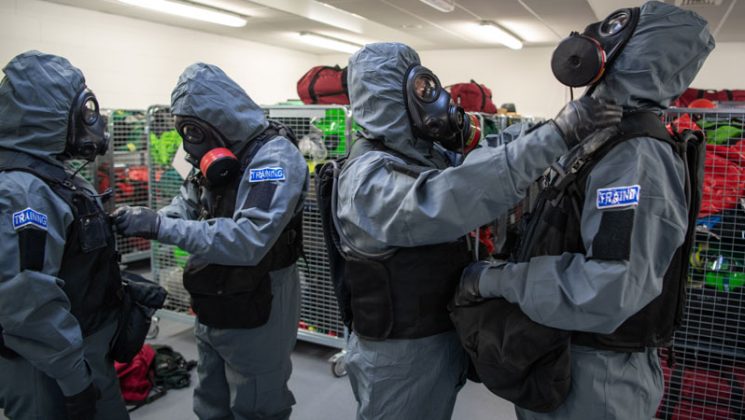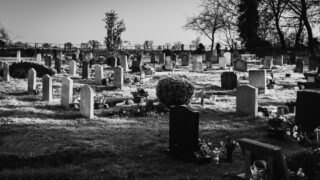On March 4 2018, the Yorkshire ambulance service received an urgent call for ‘mutual aid’.
Emergency services in the South West of England needed support, because it seemed that for the first time since World War II a nerve agent had been used in Europe – and it was in an English city.
A team of paramedics from Leeds volunteered to go down to the site of the attack, Salisbury, where former spy Sergei Skripal and his daughter had been infected with the poison Novichok.
These weren’t normal paramedics. They were from the Hazardous Area Response Team (HART), a group of super-paramedics with elite training, who provide medical support to patients in highly dangerous situations. There are 16 of these paramedic groups across England and Wales, all trained in specialist techniques and equipment.
Neil Spence, a member of HART for nine years, describes the kind of emergency the team is called to. “We do any technical rescues, anything at height involving ropes, collapsed structures, confined spaces, water rescues, chemical incidents, working with the police firearms [unit] as firearms support.”
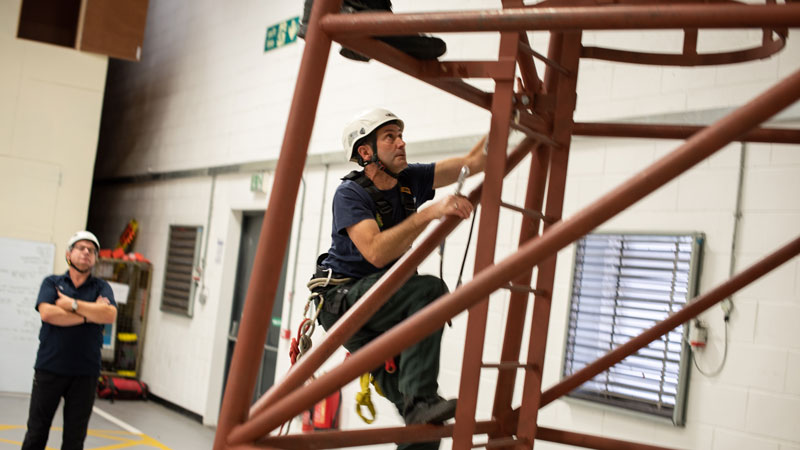
Neil Spence practising ropes
Because the situations they attend are rare, HART paramedics spend a lot of their time training. When UNISON met them, Neil and his colleagues were practising using ropes to access patients stuck in hard-to-reach areas.
Their instructor was Tony Emsley, who spent 23 years working in the Royal Air Force rescue services and now runs a company that trains HART paramedics.
Tony has worked with most of the HART teams across the country, as well as many of the fire services. His main specialism is ropes: “ropes forever” is his mantra. He’s impressed by the rope skills of today’s class, who actually used the manoeuvres they’d learned on the previous course to save a man with a broken leg, when a floor collapsed.
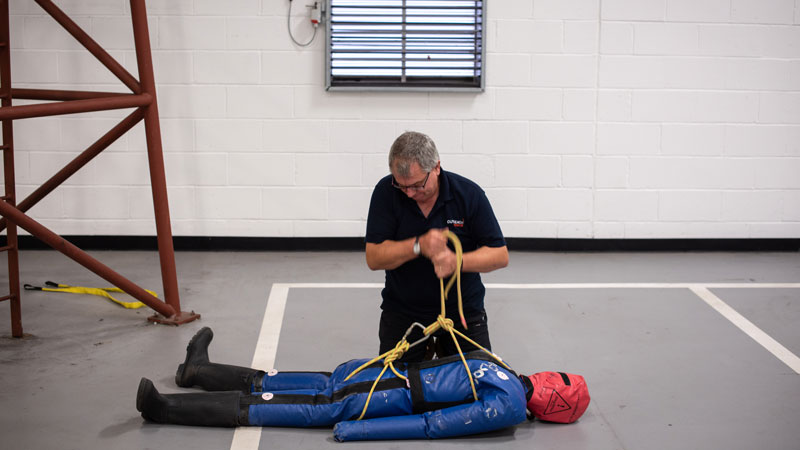
Tony Emsley hooks up a dummy patient
Because HART paramedics can be near dangerous chemicals, they have to wear specialist kit, with every strap perfectly placed. That means they regularly practice getting kitted up.
Some of the team show us how it’s done. As John Burnet reads out instructions, four of the paramedics carefully put on their specialist equipment, pairing up at points to check that every corner of clothing is in precisely the right place.
One of them is Manny Dulay, who has been a HART paramedic for 10 years and explains how rigorous they have to be when ensuring they have their suits on correctly. “Any little bit of nerve agent could get in there,” he says, “and we’re just talking molecules.”
The HART team is part of the special operations division of the ambulance service. Deep Singh Virdee is an assistant resilience manager in special operations. One of his responsibilities is training people in what to look out for in a chemical attack.
“It could be a multitude of things depending on the type of agent they’re being affected by. It could be vomiting, choking, blistering of the skin, all sorts of things. People just lose control of their body in lots of ways. We’re trained to recognise those.”
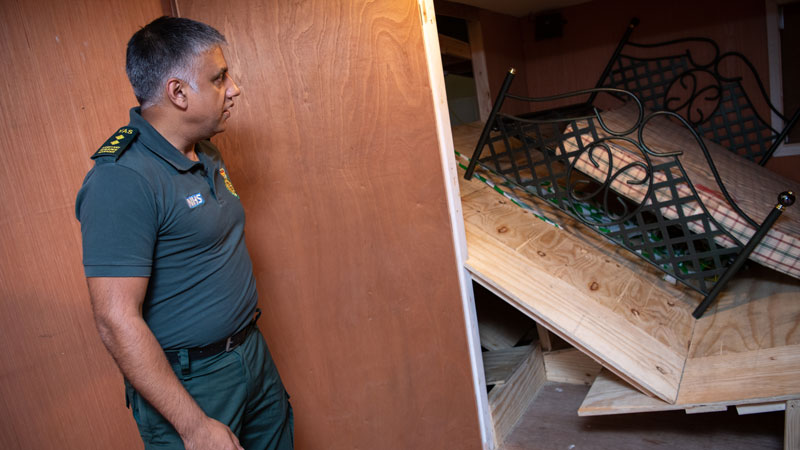
Deep Singh Virdee in the fake collapsed house
When the call came in for support in Salisbury, Neil Spence volunteered, along with five others, because “it’s the big thing that we’re all trained for.” He did discuss it with his wife though, because of the danger. “If she didn’t want me to go, I wouldn’t have gone. But she works for the service as well, she’s a paramedic.”
The car belonging to Sergei Skripal had to be recovered by the military in order to be analysed. Neil’s role for several days was to provide support to the teams recovering the car, in case they became contaminated and needed medical help.
On another day, he and the other HART paramedics spent time outside the Skripals’ home. They were in kit, providing cover for military scientists from Porton Down who were going through the house.
Neil got to meet his HART colleagues from around the country and, although it was high pressure situation, it was a good experience. “It was exciting to be part of a national response, because it tested the model for us,” he reflects. “We know that the big thing that we’re all trained for, it does work.”
Images: Steve Forrest

